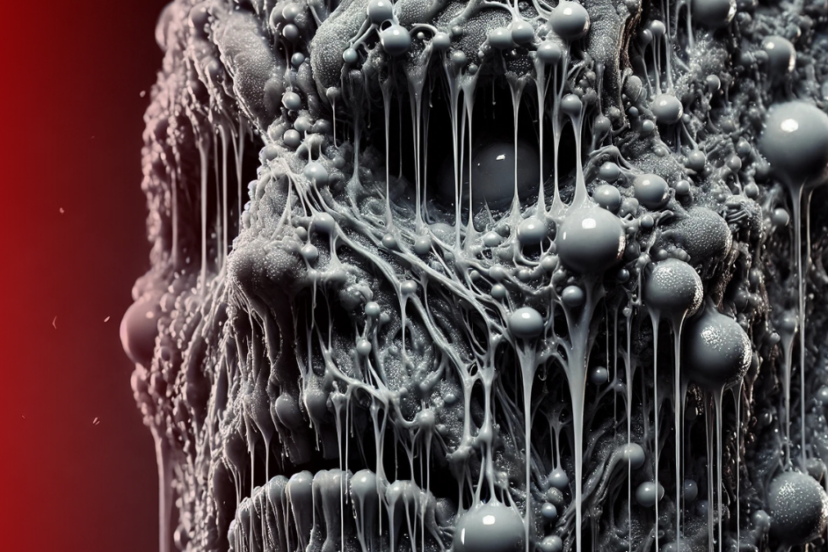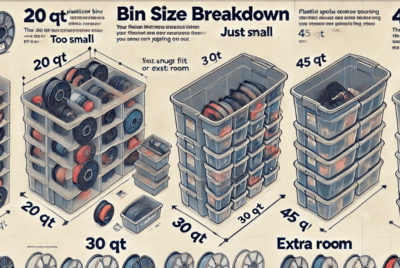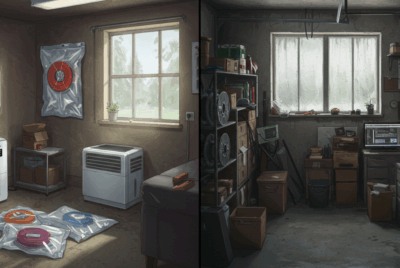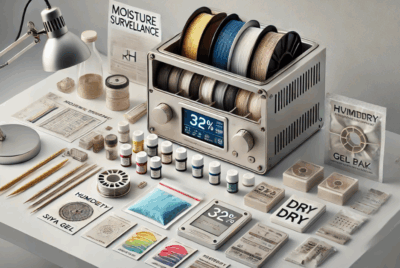How Can I Tell if My Filament Has Absorbed Too Much Moisture?
When filament absorbs too much moisture, it can cause a variety of issues during 3D printing. Recognizing these signs early can save you from wasted time and material. Here’s how you can tell if your filament has absorbed too much moisture:
1. Bubbling or Popping During Printing
- What to Look For: If you hear popping, cracking, or bubbling sounds during printing, this is often a sign that the filament has absorbed moisture. As the filament heats up, the water inside it turns to steam, creating these sounds.
- Why It Happens: The moisture inside the filament vaporizes and escapes, leading to inconsistent extrusion and poor print quality.
- Solution: Dry the filament before use to remove the moisture. Consider using a filament dryer, oven, or food dehydrator.
2. Surface Imperfections and Uneven Finish
- What to Look For: Moisture-absorbed filament can cause the print surface to look rough, uneven, or speckled. You may notice small holes, bubbles, or inconsistencies on the print surface.
- Why It Happens: The trapped moisture causes the filament to behave inconsistently during extrusion, leading to a rough surface finish.
- Solution: Dry the filament to remove the moisture and ensure smooth printing.
3. Weak Layer Adhesion
- What to Look For: When filament absorbs too much moisture, the adhesion between layers may be weakened, causing layers to delaminate or peel apart during or after printing.
- Why It Happens: Excess moisture prevents the filament from bonding properly between layers, leading to weak prints.
- Solution: Dry the filament and ensure the print bed and nozzle are set to the right temperature to enhance layer bonding.
4. Warping and Shrinking
- What to Look For: Warping or shrinking of the print is a common issue when filament absorbs moisture. This is particularly noticeable in materials like ABS, Nylon, or PETG.
- Why It Happens: Moisture causes the filament to expand when heated, and as it cools, it contracts unevenly, leading to warping.
- Solution: Store the filament in airtight containers and dry it before use. Use a heated print bed to reduce warping.
5. Brittleness or Cracking of the Filament
- What to Look For: Filament that has absorbed too much moisture can become brittle, cracking easily when bent or snapped. This is often a sign that the filament has been exposed to moisture for too long.
- Why It Happens: Excess moisture breaks down the filament’s molecular structure, making it more fragile.
- Solution: Dry the filament and check the storage conditions. If the filament is too brittle, consider replacing it with fresh, properly stored filament.
6. Inconsistent or Under-Extrusion
- What to Look For: If the filament has absorbed moisture, it may extrude inconsistently, resulting in under-extrusion, where there is not enough filament being deposited onto the print bed.
- Why It Happens: Moisture inside the filament causes it to melt and extrude unevenly, leading to weak or incomplete prints.
- Solution: Dry the filament to restore proper flow during printing. Adjust extrusion settings if needed.
7. Cloudy or Discolored Filament
- What to Look For: Filament that has absorbed too much moisture may appear cloudy, discolored, or streaked. This is particularly noticeable with materials like PLA, PETG, and ABS.
- Why It Happens: Moisture causes chemical changes in the filament, which can affect its appearance and properties.
- Solution: Dry the filament to reduce moisture-related discoloration. If the filament is permanently discolored, it may no longer print properly and could need replacement.
8. Reduced Print Strength
- What to Look For: If the print feels weak or brittle, it could be due to excessive moisture in the filament. The print may break or crack easily, especially under stress.
- Why It Happens: Moisture weakens the filament’s structure, reducing its overall strength and impact resistance.
- Solution: Dry the filament thoroughly and ensure it’s stored properly to maintain its strength.
How to Fix Moisture Issues:
- Drying the Filament: Use a filament dryer, oven (at a low temperature, around 50-60°C for PLA, 70-80°C for Nylon), or food dehydrator to remove moisture. Dry for several hours or according to the filament manufacturer’s recommendations.
- Proper Storage: Store filament in airtight containers or vacuum-sealed bags with desiccant packets to prevent future moisture absorption. Keep filament in a dry, climate-controlled environment.
- Monitoring Moisture Levels: Consider using a humidity indicator card in your filament storage containers to monitor moisture levels and prevent exposure.
By recognizing these signs and taking steps to prevent moisture absorption, you can keep your filament in optimal condition for high-quality 3D prints.




